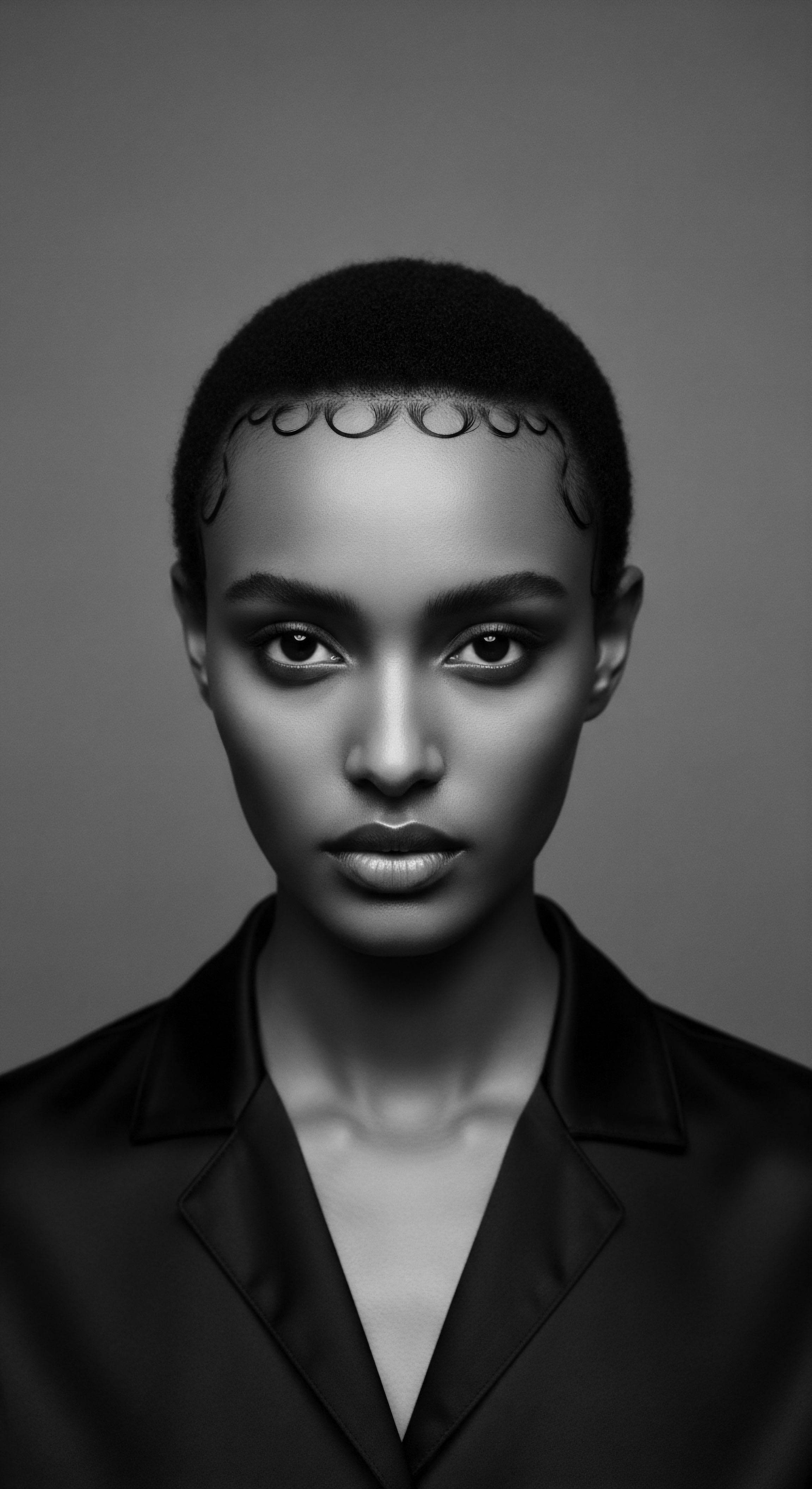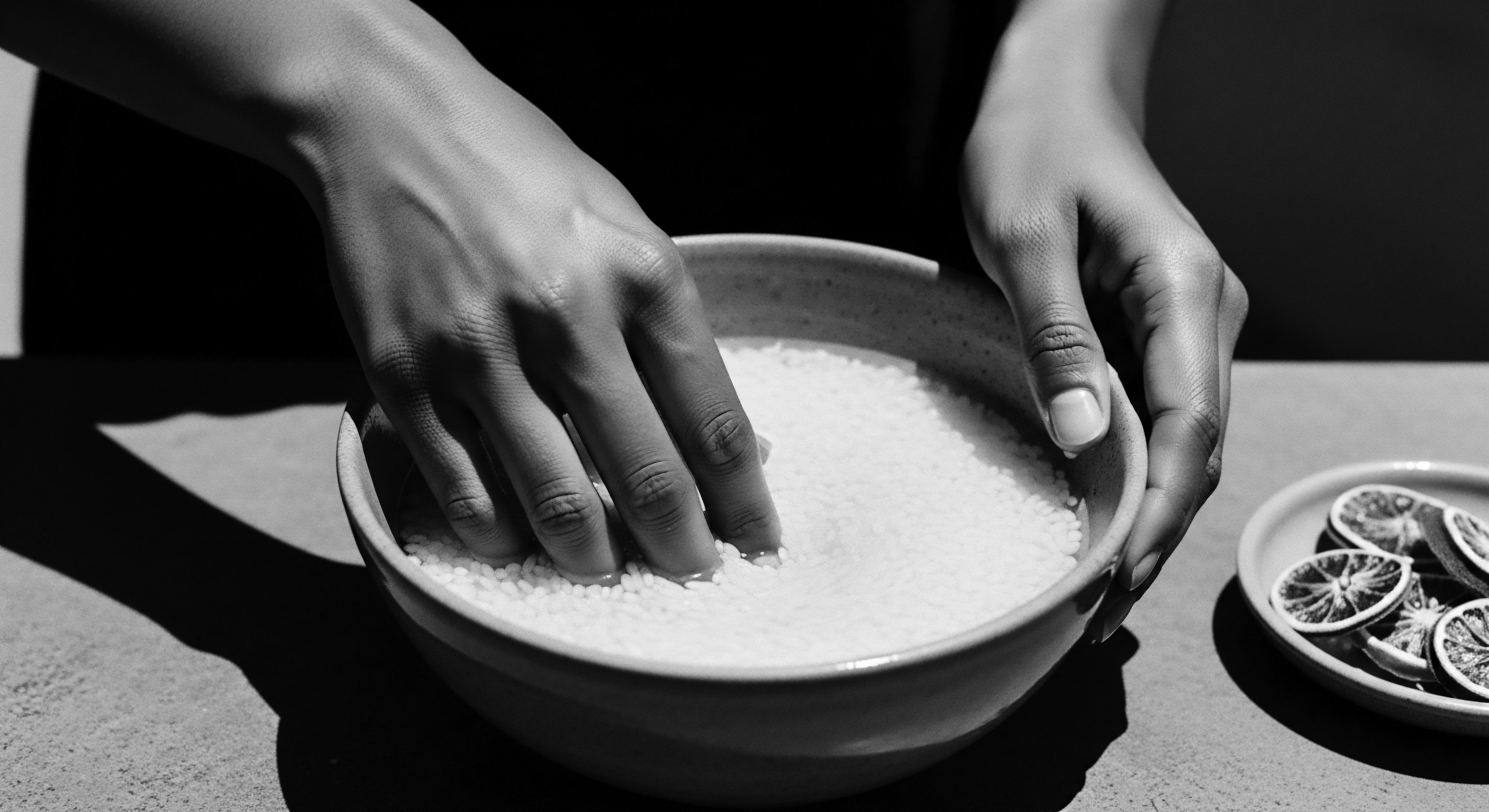
Rhubarb Hair History
Meaning ❉ Rhubarb Hair History defines the profound ancestral practice of deriving hair care wisdom and elements from earth's botanicals, particularly for textured hair.
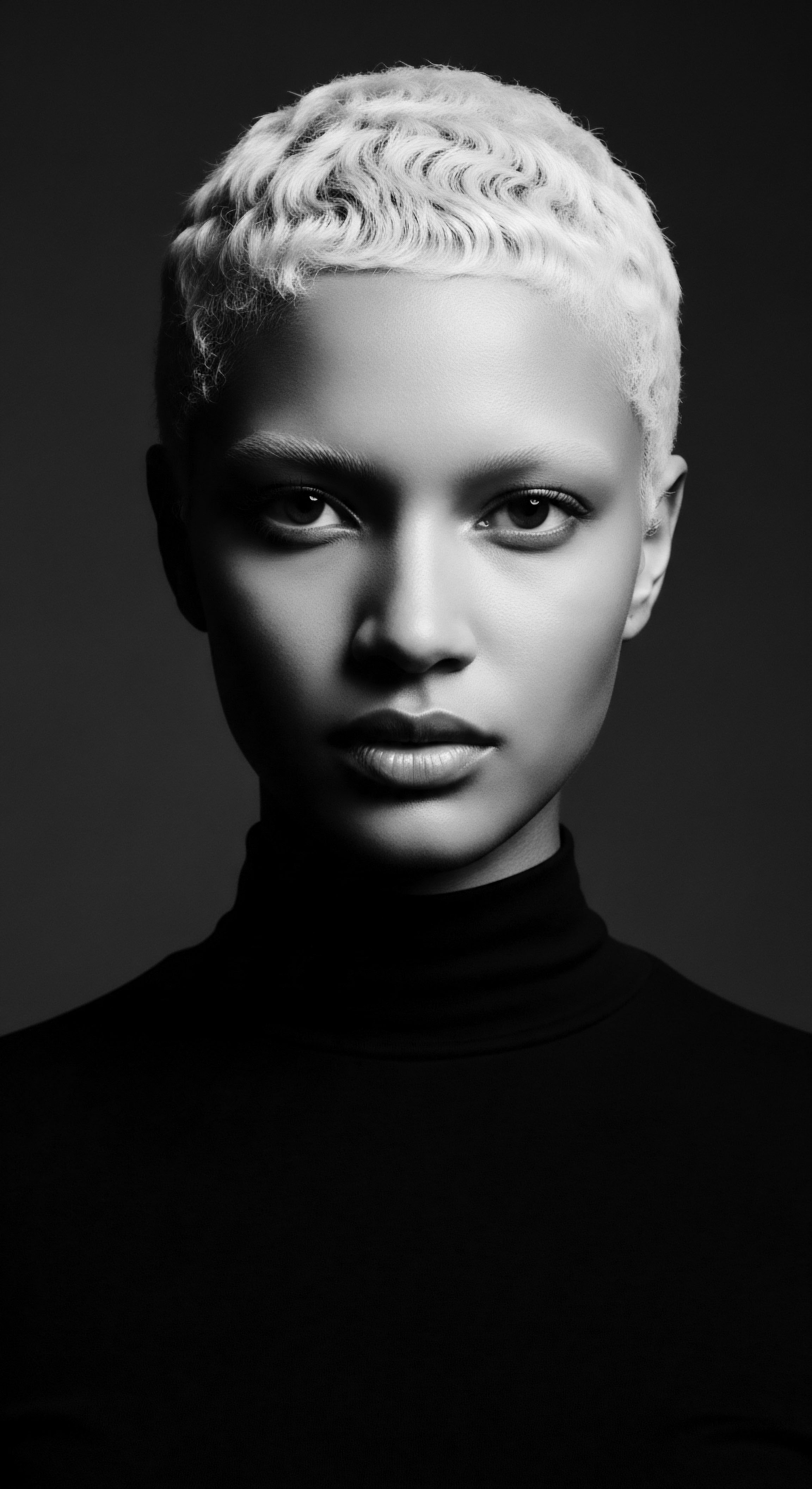
Can historical African plant uses inform modern textured hair product ingredients?
Historical African plant uses deeply inform modern textured hair product ingredients, providing a heritage of botanical efficacy.
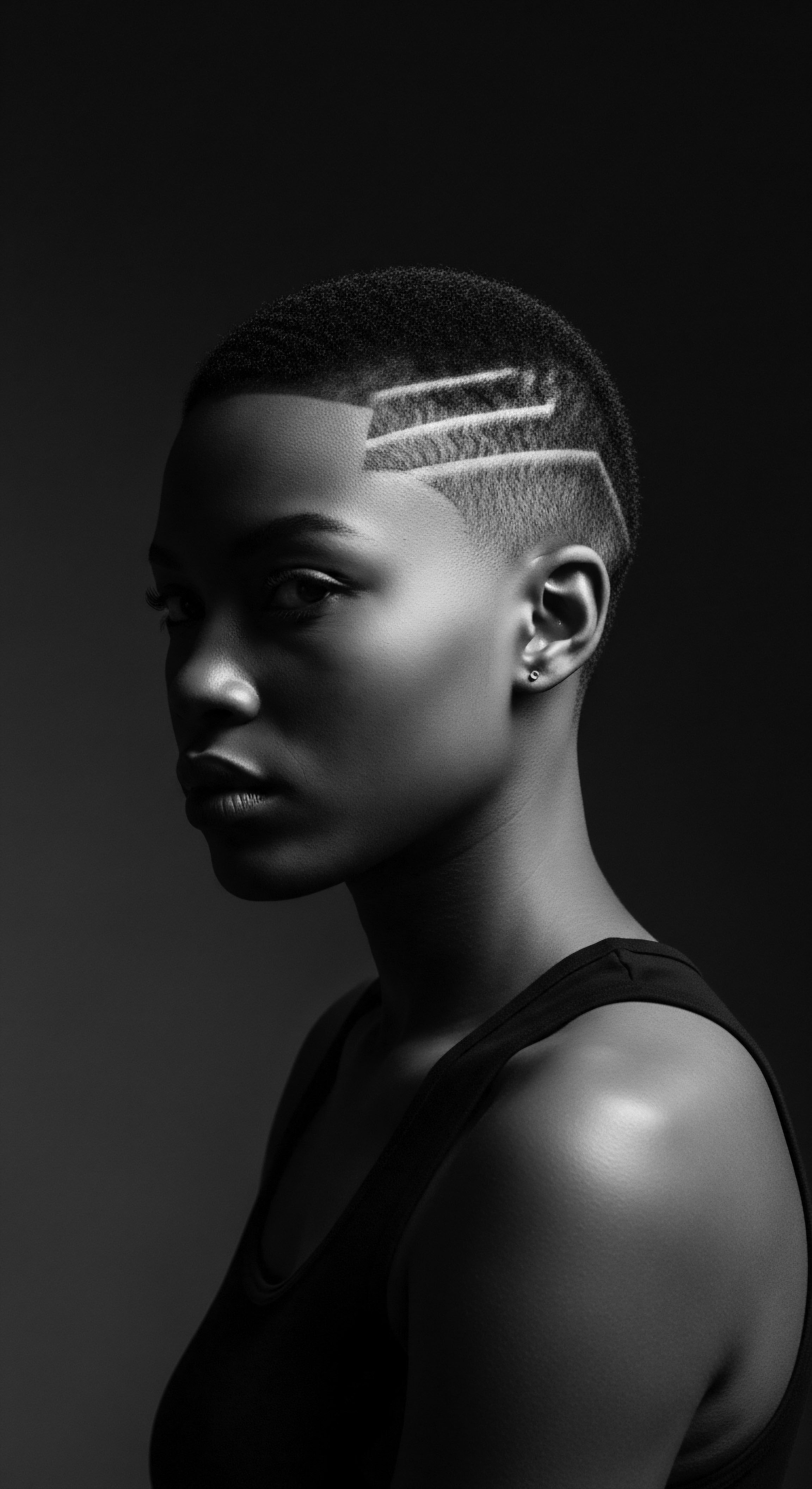
In what ways did ancient combs reflect identity and cultural heritage?
Ancient combs conveyed identity and cultural heritage through their materials, artistic carvings, and their fundamental design, perfectly suited for nurturing textured hair.

How does heritage inform modern hair care decisions for coils?
Heritage profoundly guides modern hair care for coils through ancestral ingredients, styling techniques, and holistic wellness philosophies.
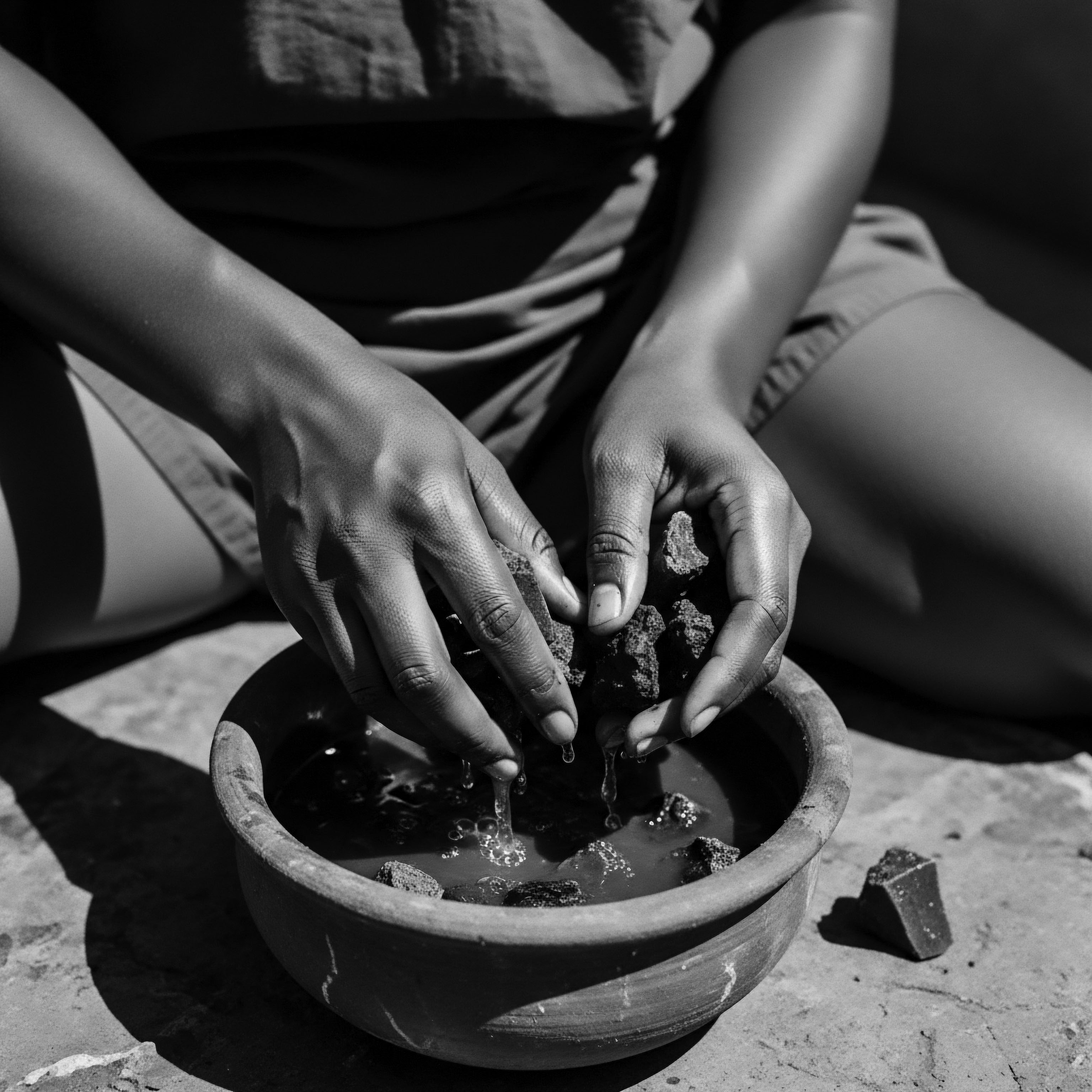
What is the heritage of using clay for coiled hair?
The heritage of using clay for coiled hair is rooted in ancient African traditions, offering deep cleansing, nourishment, and styling support.
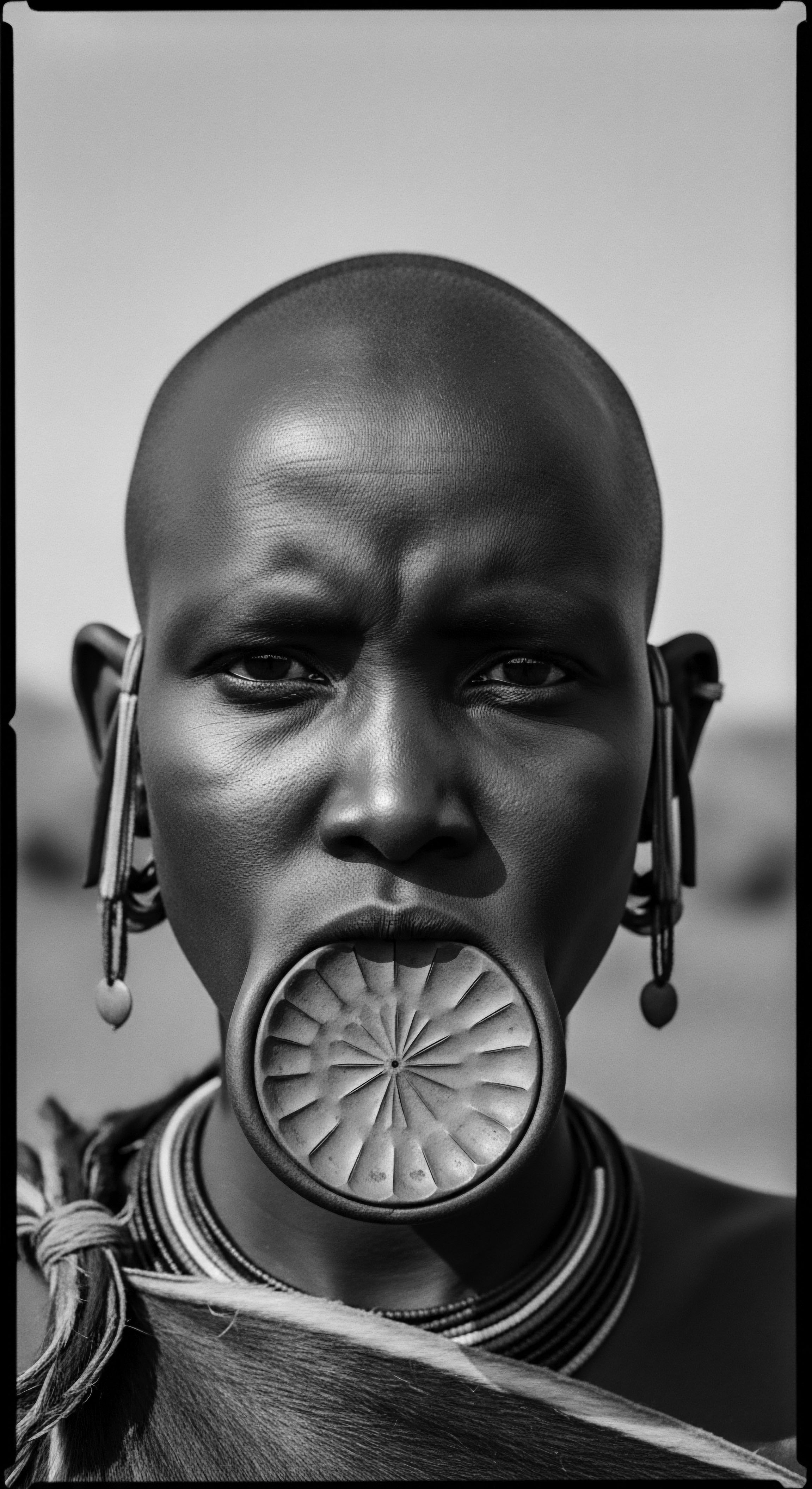
Camwood Adornment
Meaning ❉ Camwood Adornment is a revered traditional practice using a red tree pigment for identity, beauty, and ancestral connection in textured hair heritage.
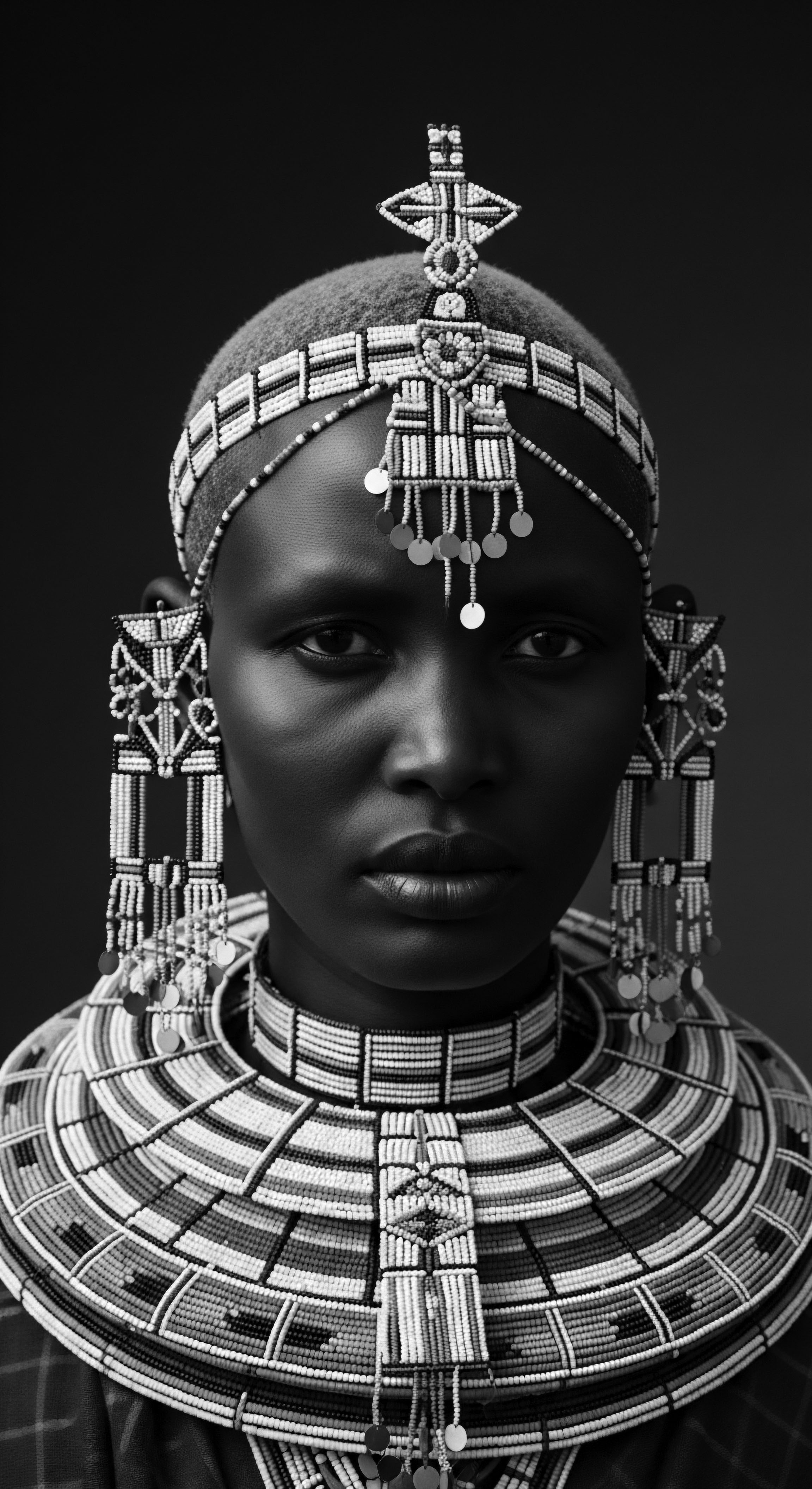
Heritage Knowledge
Meaning ❉ Heritage Knowledge encompasses the ancestral wisdom and enduring practices of care and identity tied to textured hair.
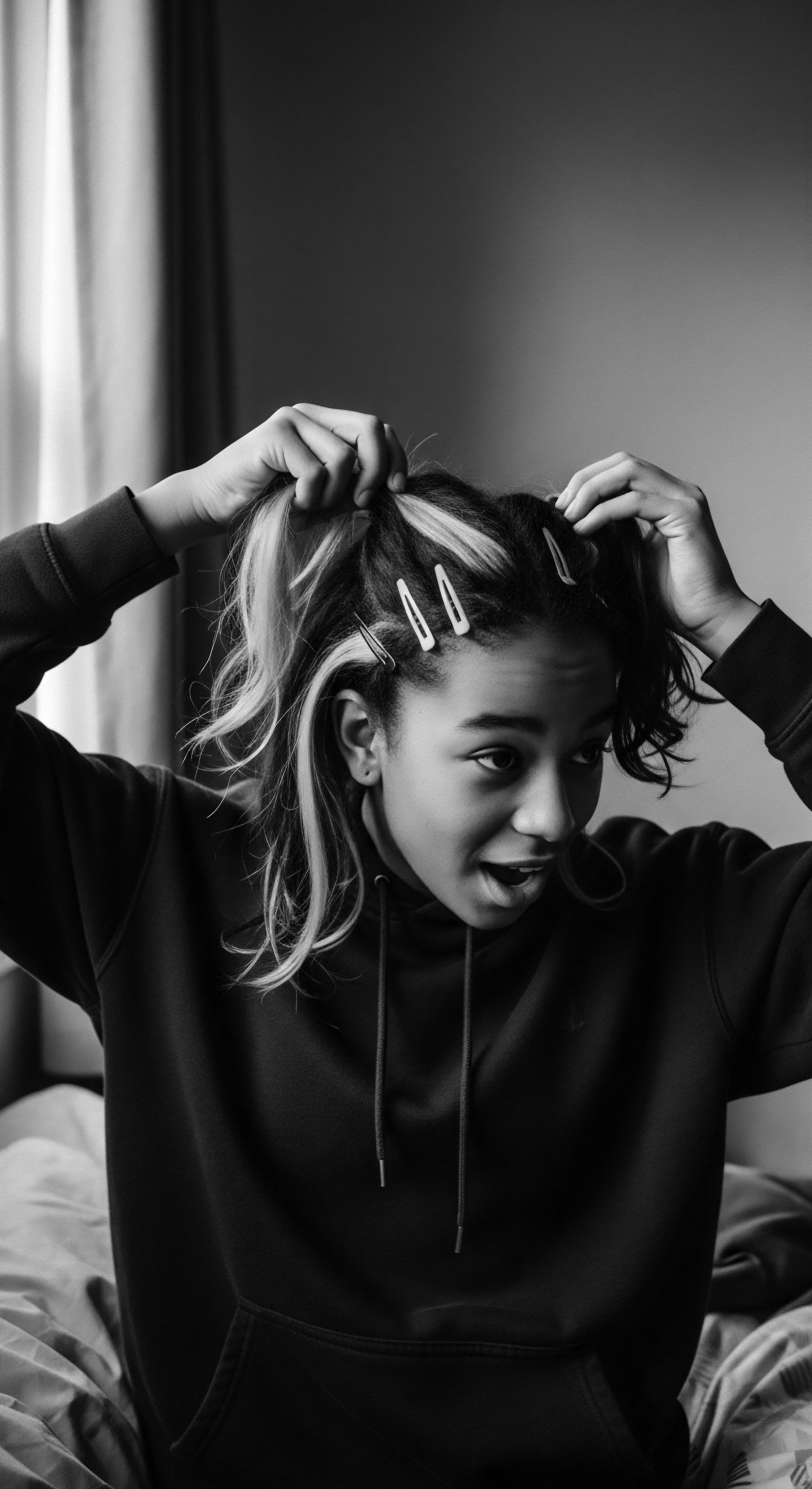
How did textured hair’s properties shape communal practices historically?
Textured hair's unique structure shaped historical communal practices by influencing protective styling, facilitating covert communication, and reinforcing social bonds, all deeply rooted in heritage.
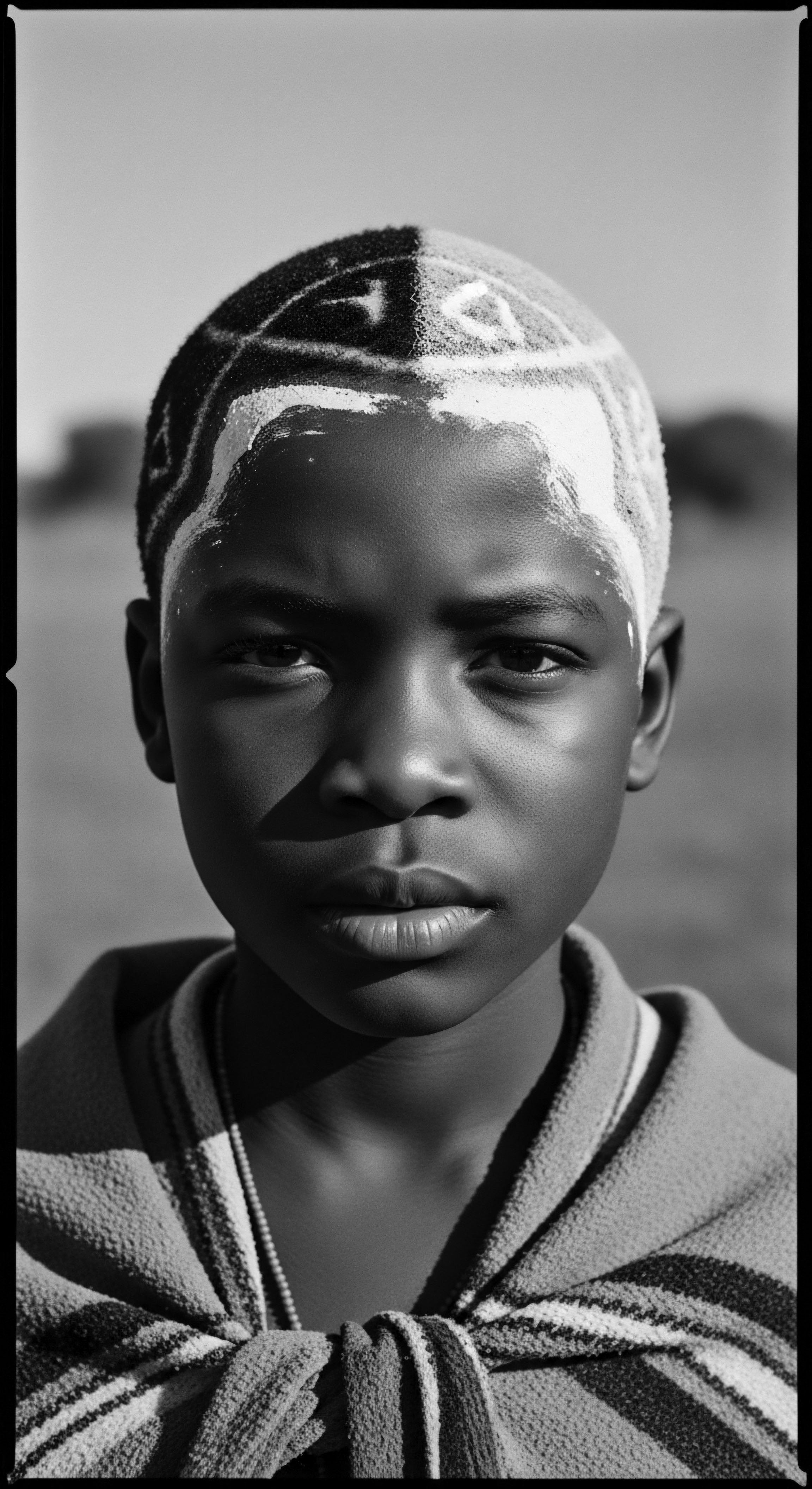
Uli Body Art
Meaning ❉ Uli Body Art for hair interprets traditional Igbo Uli principles as a framework for understanding textured hair's cultural, spiritual, and artistic significance.

Calabash Gourd
Meaning ❉ The Calabash Gourd is a traditional vessel, embodying ancestral wisdom, cultural identity, and historical resilience in textured hair practices.
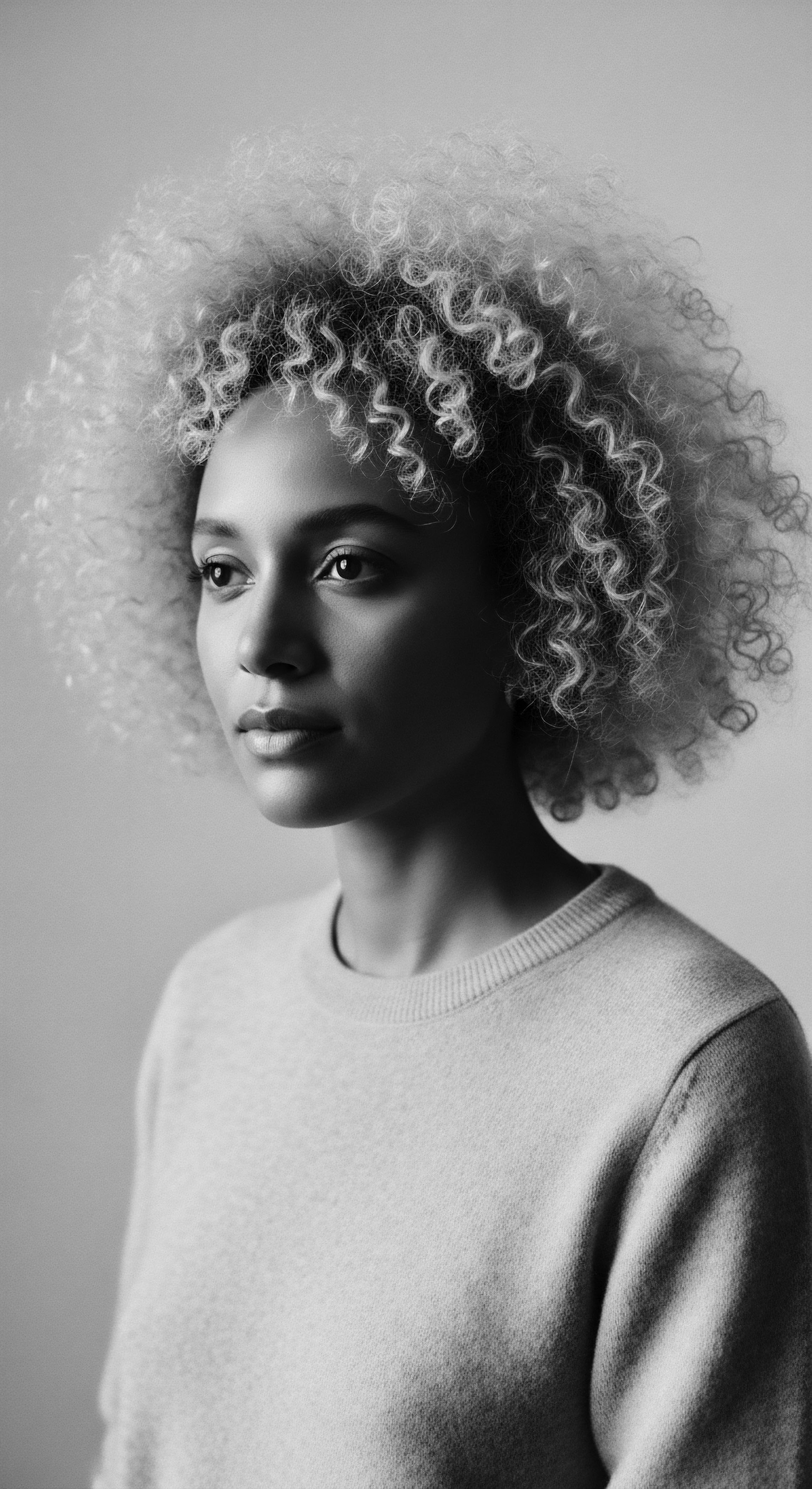
Ancient African Societies
Meaning ❉ Ancient African Societies denote diverse historical civilizations whose profound connection to textured hair shaped identity, status, and spiritual practices.
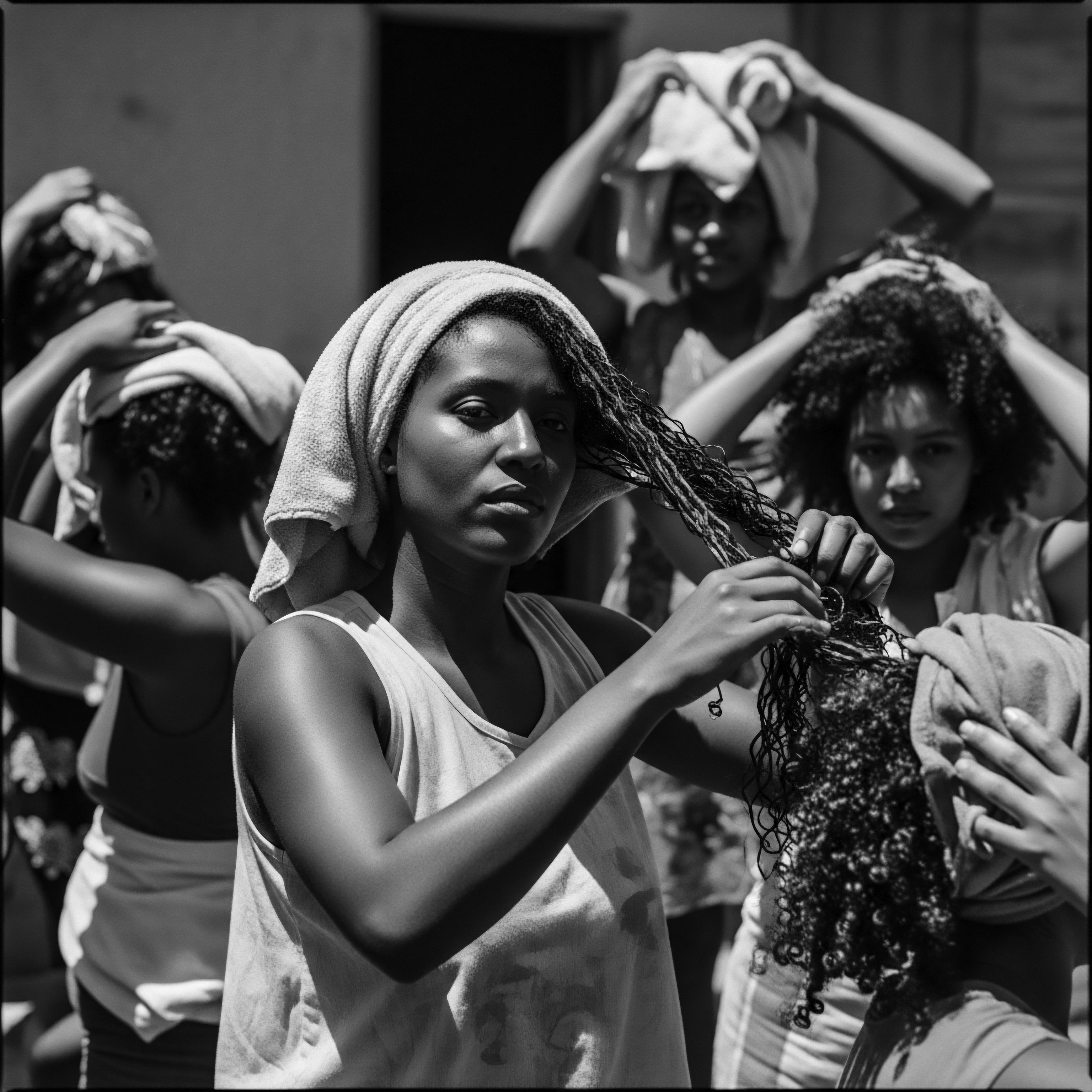
What ancestral materials shaped early textured hair tools?
Ancestral materials like wood, bone, and early metals formed diverse tools that honor textured hair heritage.
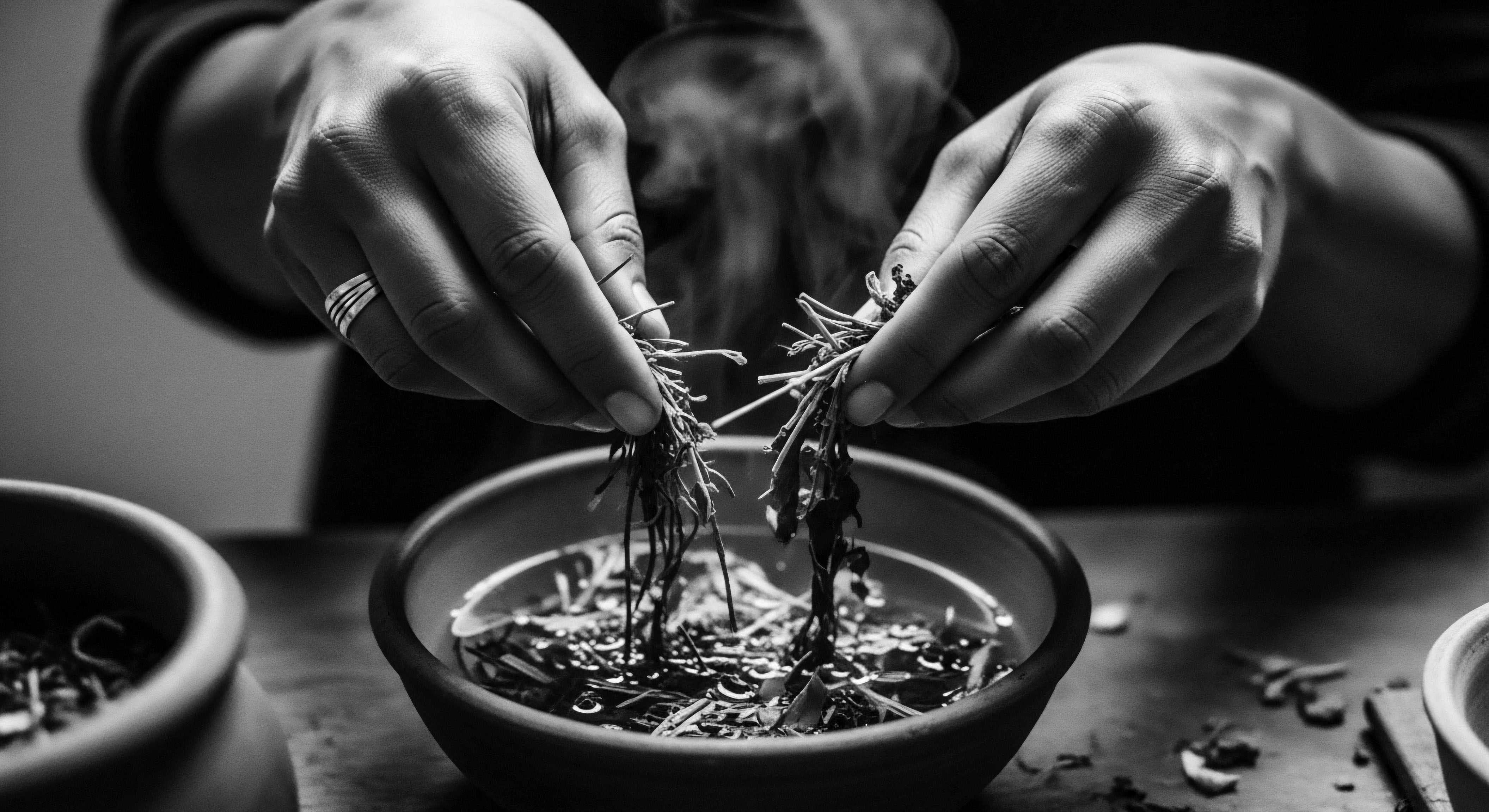
Education Heritage
Meaning ❉ The Education Heritage encompasses the multi-generational transmission of knowledge, practices, and meanings related to textured hair care and identity.
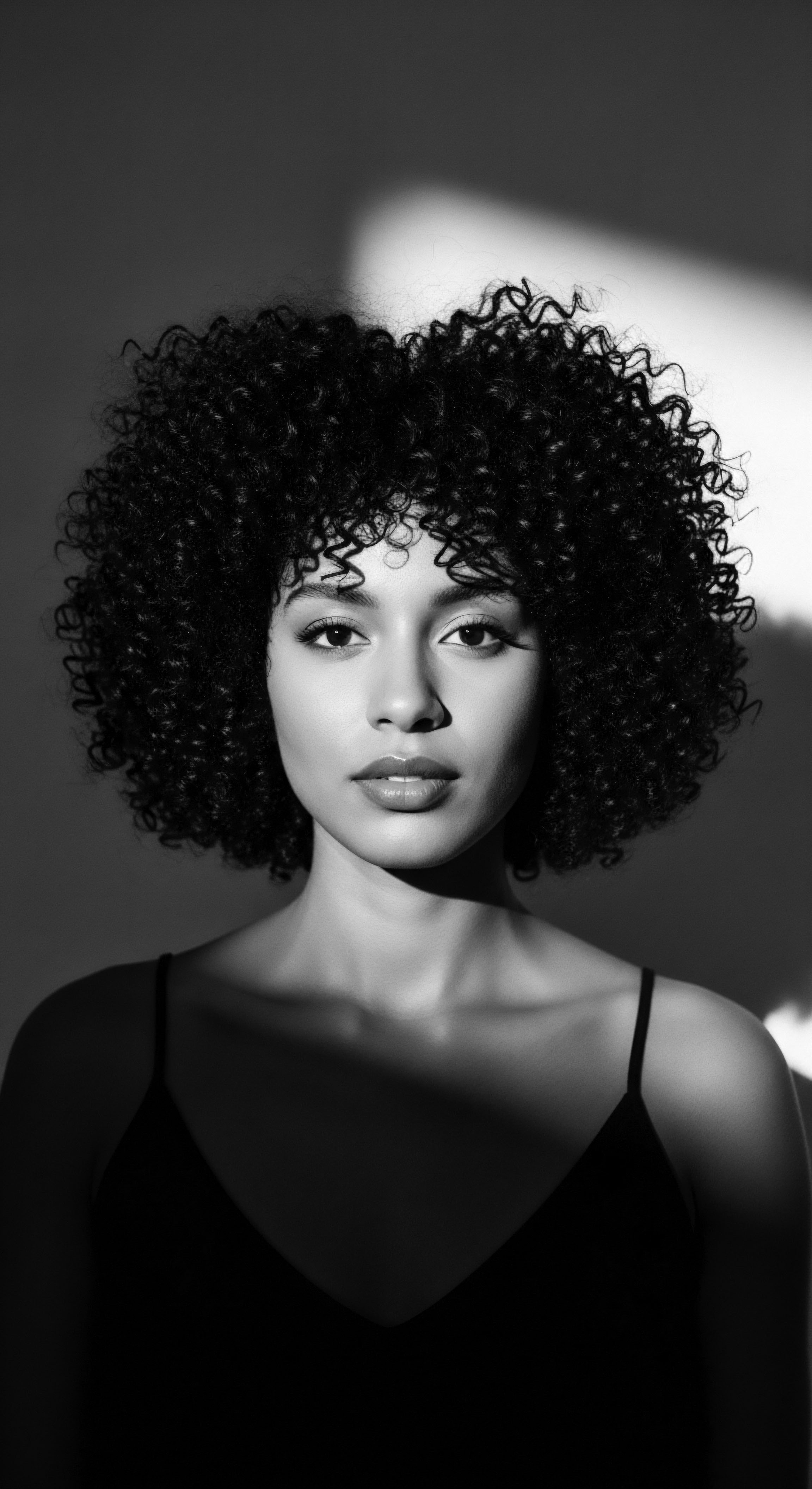
Traditional Oil Usage
Meaning ❉ Traditional Oil Usage signifies the deep-rooted, inherited application of natural oils for textured hair care and cultural identity.

Dry Cleansing Methods
Meaning ❉ Dry Cleansing Methods involve non-aqueous techniques to refresh hair, absorbing oils and dislodging debris, deeply rooted in textured hair heritage.
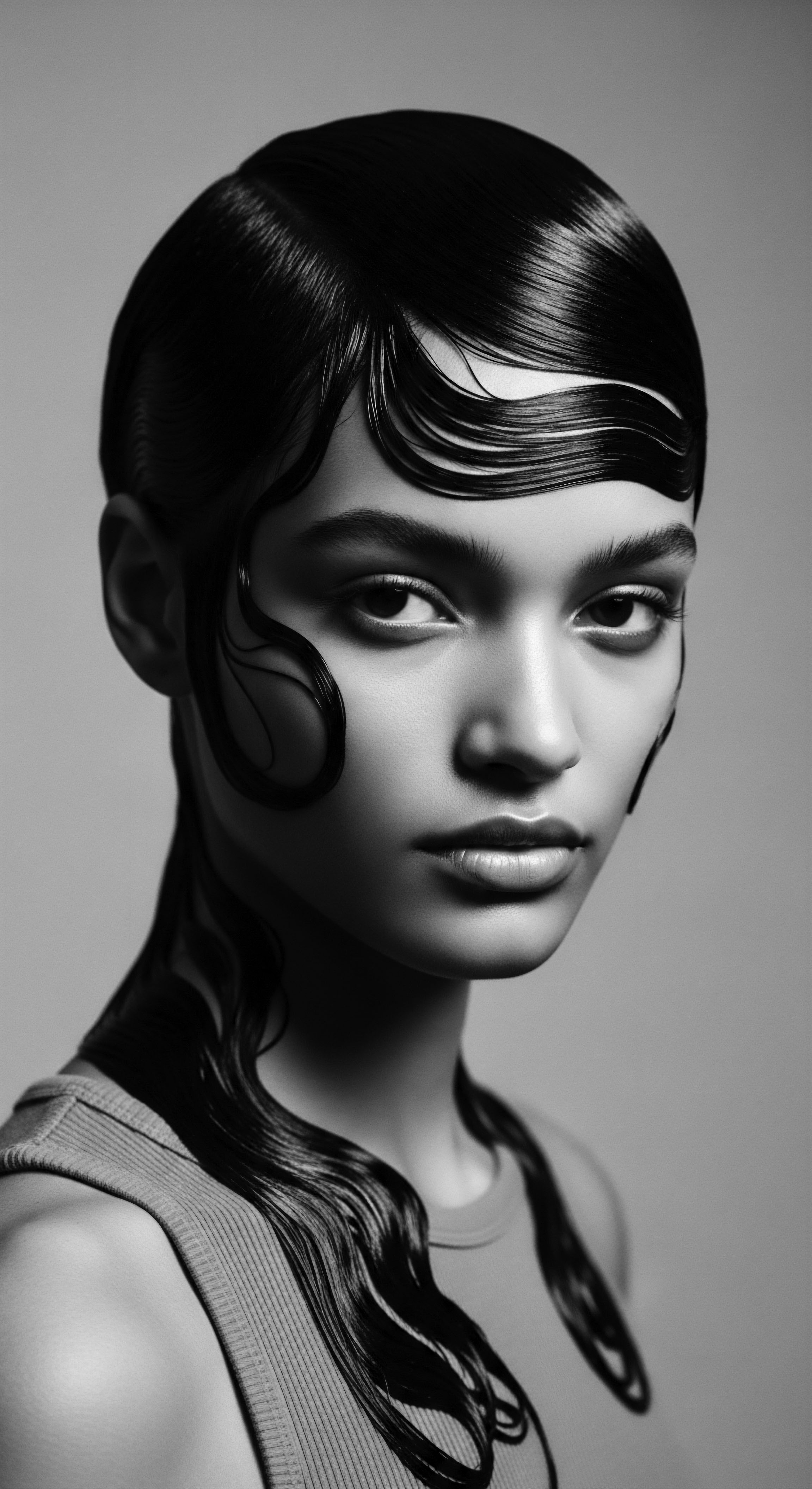
Historical Status
Meaning ❉ Historical Status defines the evolving cultural, societal, and scientific valuation of textured hair through history.


